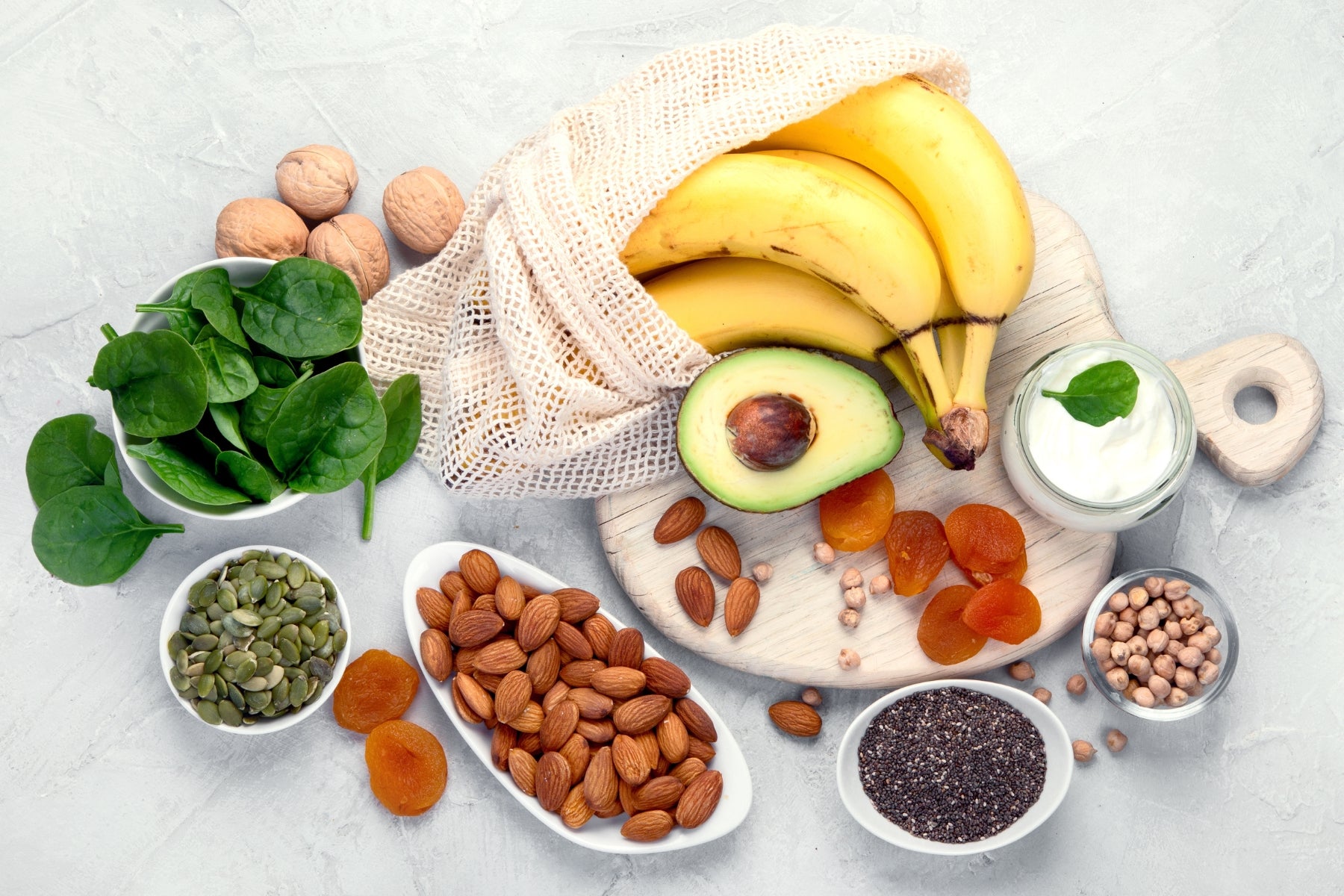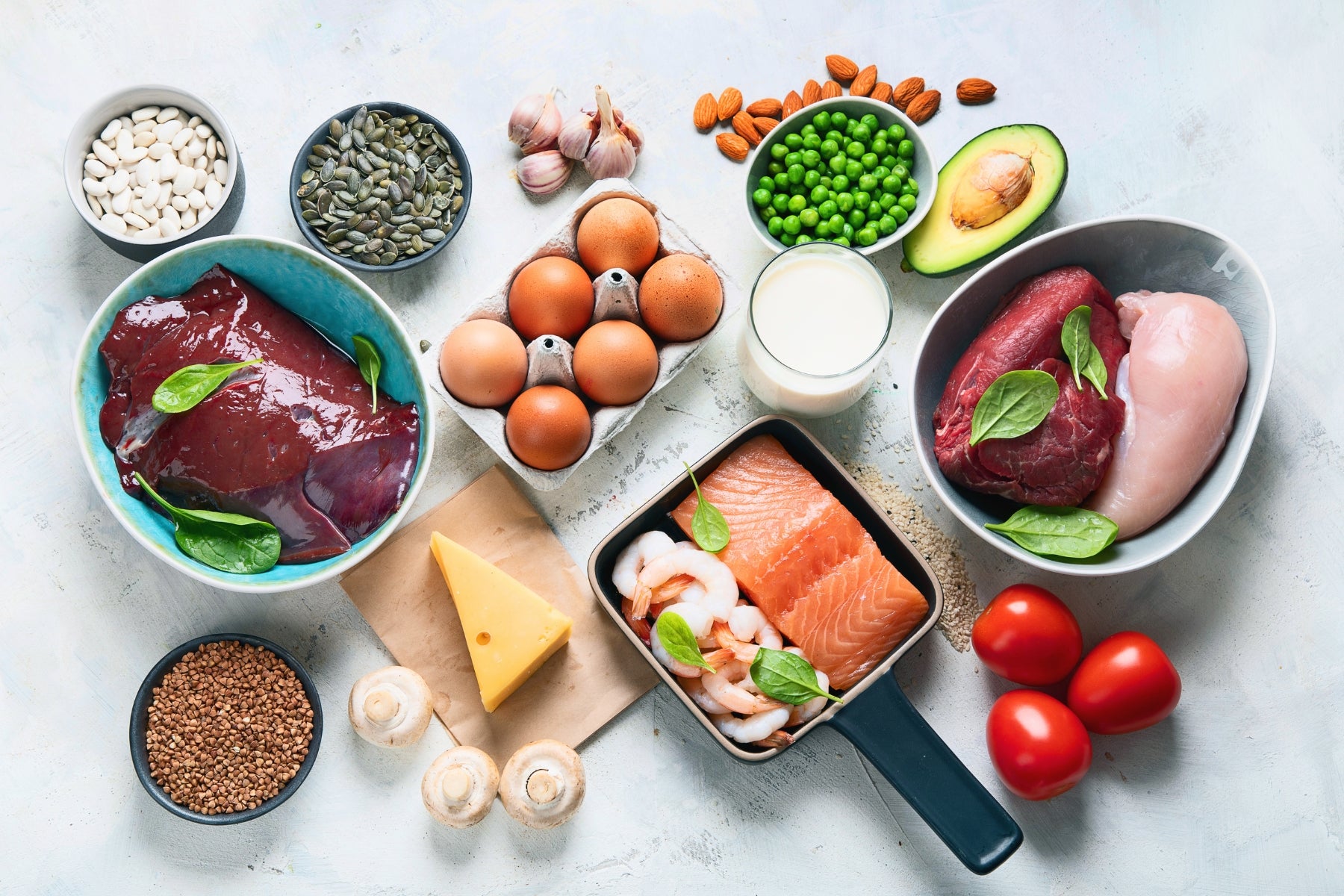Contents
1
What is sodium deficiency and how much sodium do you need every day?
2
Sodium deficiency symptoms
3
Sodium deficiency causes
4
Sodium in food
Vegan sodium sources (per 100 g)
Animal sodium sources (per 100 g)
Contents
1
What is sodium deficiency and how much sodium do you need every day?
2
Sodium deficiency symptoms
3
Sodium deficiency causes
4
Sodium in food
Vegan sodium sources (per 100 g)
Animal sodium sources (per 100 g)
Vegane Natriumquellen
| Vegane Natriumquellen | Natriumgehalt pro 100 g |
|---|---|
| 1. Tafelsalz | 38,8 g |
| 2. Sojasoße | 5,5 g |
| 3. Kapern | 2,4 g |
| 4. Grüne Oliven | 1,6 g |
| 5. Saure Gurken | 1,2 g |
| 6. Wakame (roh) | 0,9 g |
| 7. Sauerkraut | 0,7 g |
| 8. Kimchi | 0,5 g |
| 9. Erdnussbutter | 0,5 g |
| 10. Tomaten (gekocht) | 0,5 g |
Tierische Natriumquellen
| Tierische Natriumquellen | Natriumgehalt pro 100 g |
|---|---|
| 1. Sardellen (in Öl) | 3,7 g |
| 2. Salami (Schwein) | 2,3 g |
| 3. Blauschimmelkäse | 1,8 g |
| 4. Parmesan | 1,8 g |
| 5. Speck (gekocht) | 1,7 g |
| 6. Frischkäse | 1,6 g |
| 7. Pecorino | 1,4 g |
| 8. Schweizer Käse | 1,4 g |
| 9. Muscheln (gekocht) | 1,2 g |
| 10. Feta | 1,1 g |



